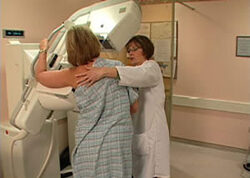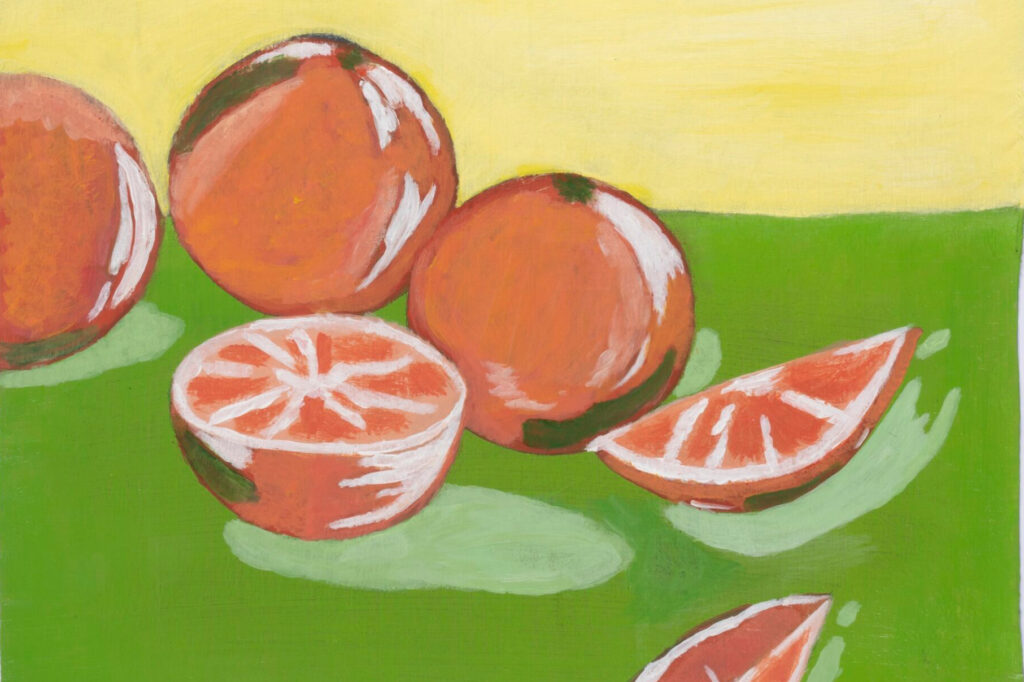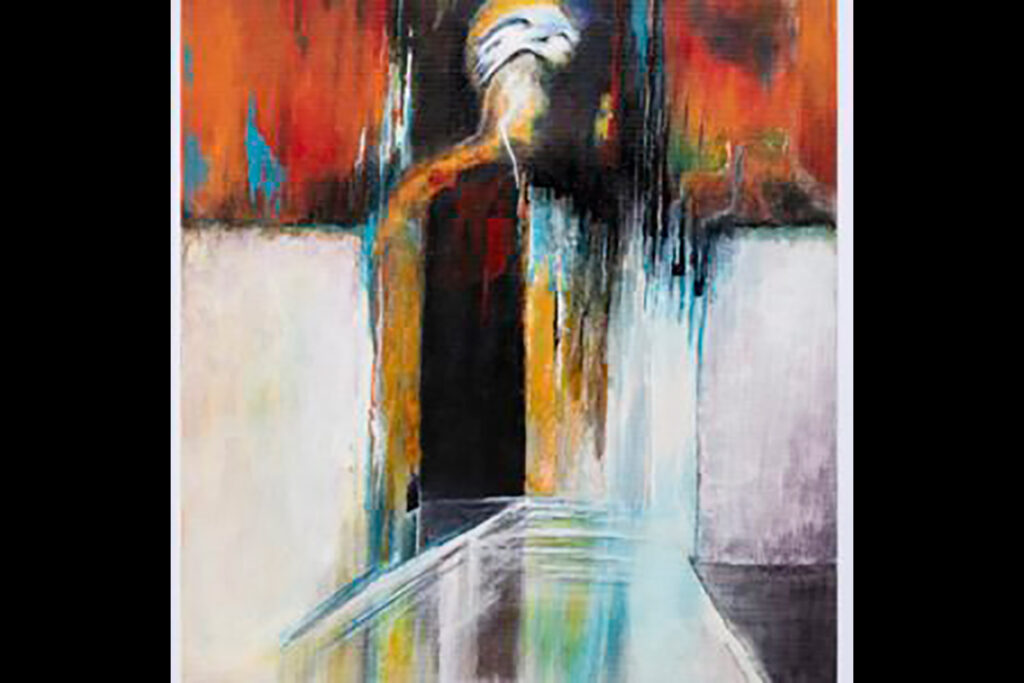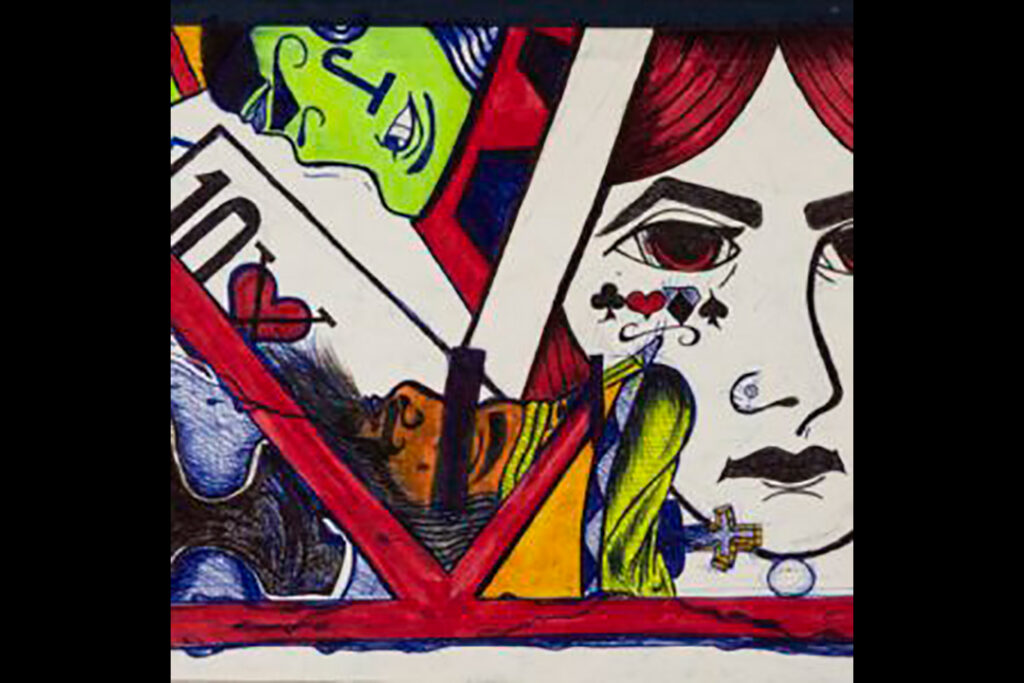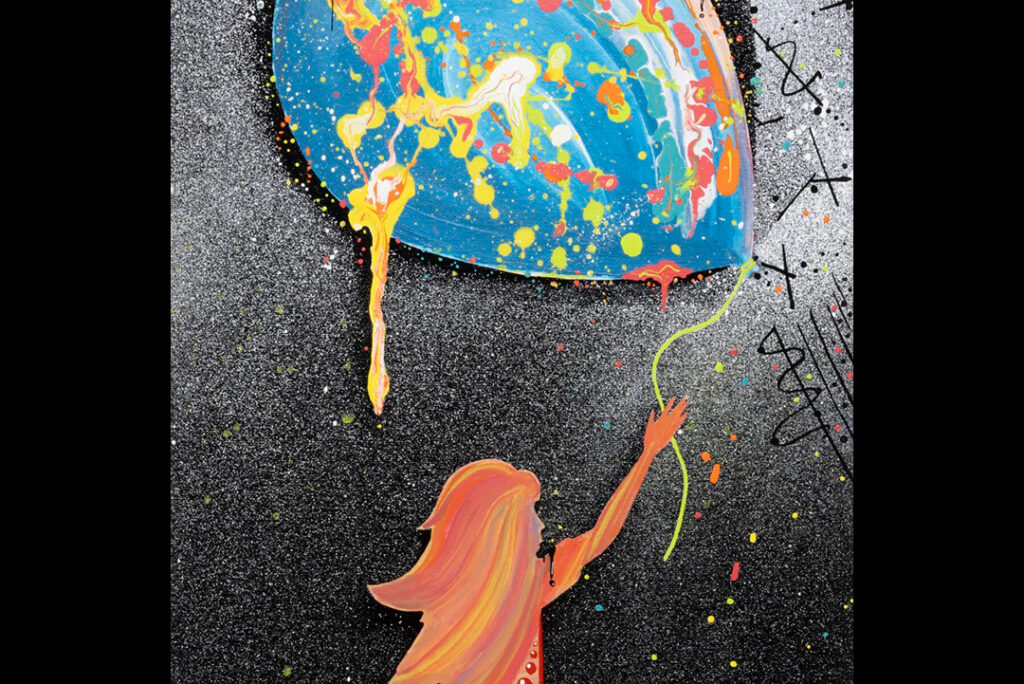The order that launched the Revolutionary War, 250 years later
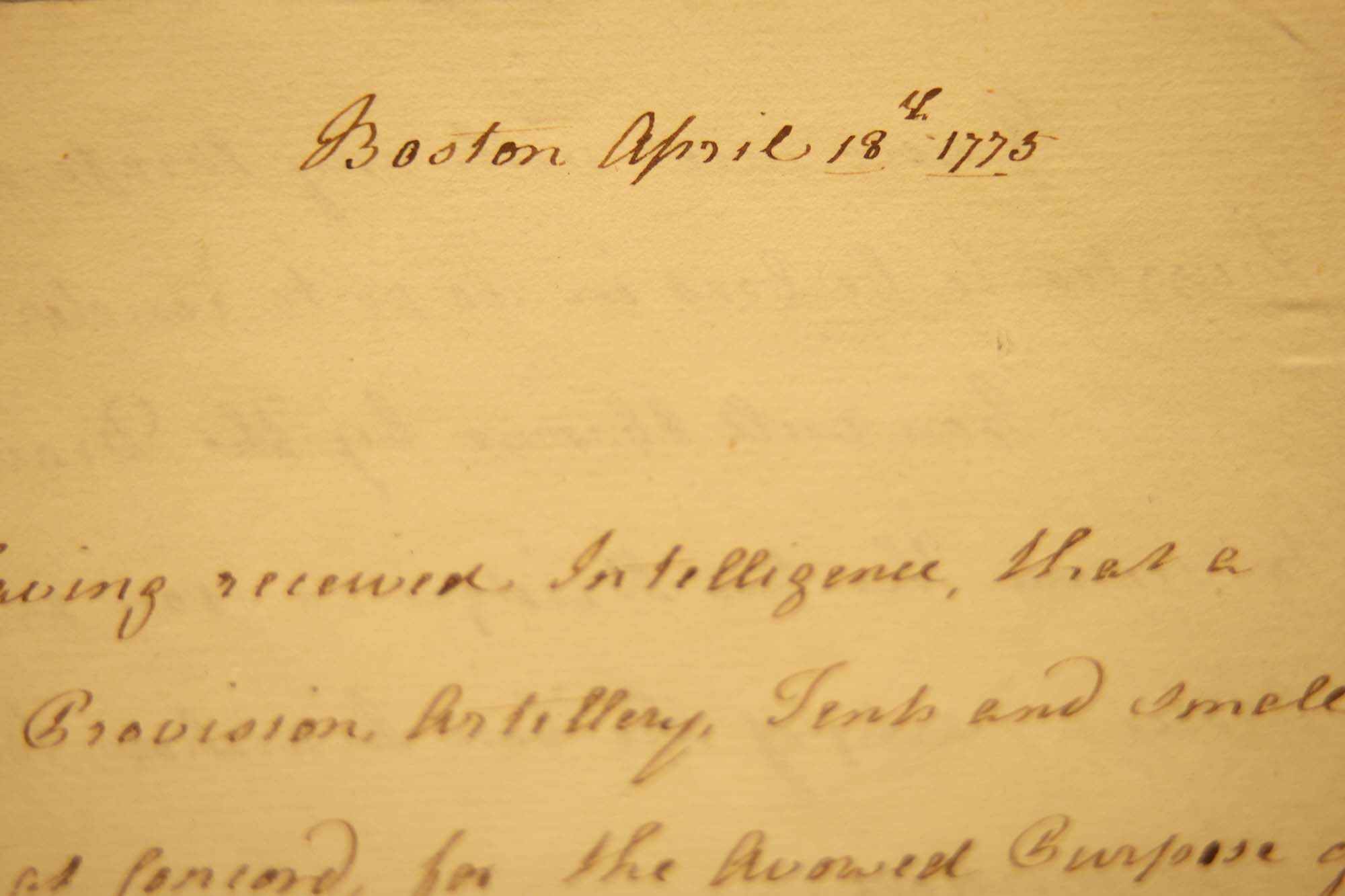
The ‘shot heard ’round the world’ can be traced to one manuscript containing the orders for the Concord Expedition on April 18, 1775. The quill-to-paper draft orders, penned by British Army officer Thomas Gage, sparked the Battle at Lexington and Concord the following day. U-M’s Clements Library holds the document.
-
StarKids!
Their story sounds like something from Broadway: talented students create a funny, larky musical about a child wizard, and perform it in a campus basement. Videos go viral, there’s a sequel, international acclaim. One member lands a role on “Glee.” How did it happen?
-
Michigan's economy and U-M's mission
Earlier this month, U-M president Mary Sue Coleman addressed the Michigan House and Senate about proposed cuts to the state’s and university’s budgets. In this excerpt, she lays out her plan to keep U-M fiscally sound and academically second to none.
-
Peeling Kadafi's image from Libya
U-M professor and poet Khaled Mattawa describes life under the “homicidal clown” Moammar Kadafi, and his hopes for his native Libya.
-
Groupon's brain trust
The Michigan alums who built “the fastest growing company ever.”
-
Mammograms from age 40 save lives
So says a U-M study that looks at whether it’s best to start regular screening at 40 or 50.
Columns
-
President's Message
Reaffirming our focus on student access and opportunity
U-M seeks to ensure every student will rise, achieve, and fulfill their dreams. -
Editor's Blog
Peace out
It's a mad, mad, mad, mad world out there. -
Climate Blue
Keeping our focus on climate
As federal support for climate science wanes, Ricky Rood remains hopeful. -
Health Yourself
Are you an ‘ager’ or a ‘youther’?
Why do some people appear younger or older than people born in the same year?
Listen & Subscribe
-

MGo Blue podcasts
Explore the Michigan Athletics series "In the Trenches," "On the Block," and "Conqu'ring Heroes." -

Michigan Ross Podcasts
Check out the series "Business and Society," "Business Beyond Usual," "Working for the Weekend," and "Down to Business." -
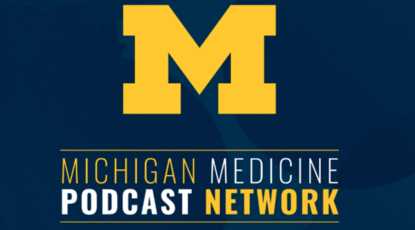
Michigan Medicine Podcasts
Hear audio series, news, and stories about the future of health care.
In the news
- USA Today US consumer sentiment and expectations fall again in April as tariff uncertainty continues
- CNN Beyond Ivy League, RFK Jr.'s NIH slashed science funding across states that backed Trump
- Detroit Free Press Inflation is slowing. Wages are up. So why does life feel costly for many Michiganders?
Creativity and connection across prison walls
One of the world’s largest and longest-running exhibitions of incarcerated artists is back with new programming designed to foster connection and deepen public understanding of incarceration in Michigan. The 29th annual Exhibition of Artists in Michigan Prisons, curated by U-M’s Prison Creative Arts Project, showcases 772 artworks by 538 artists incarcerated in 26 state prisons. The Duderstadt Center Gallery on U-M’s North Campus is presenting the artwork through April 1.




